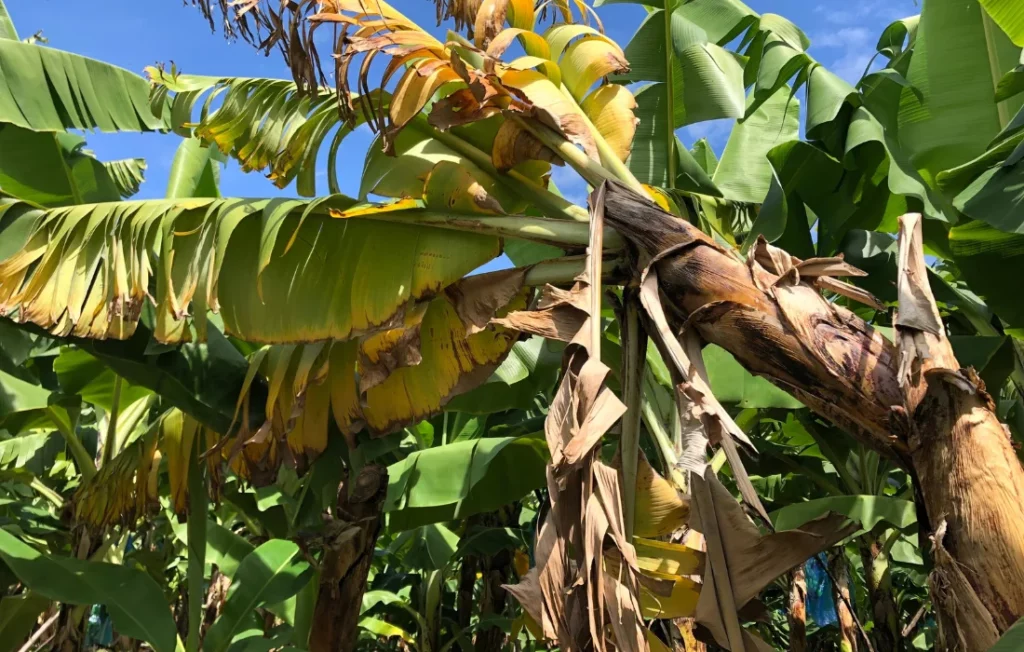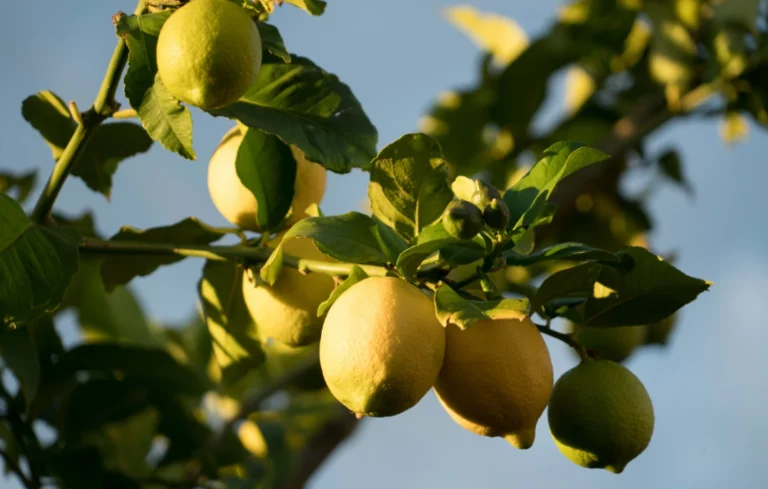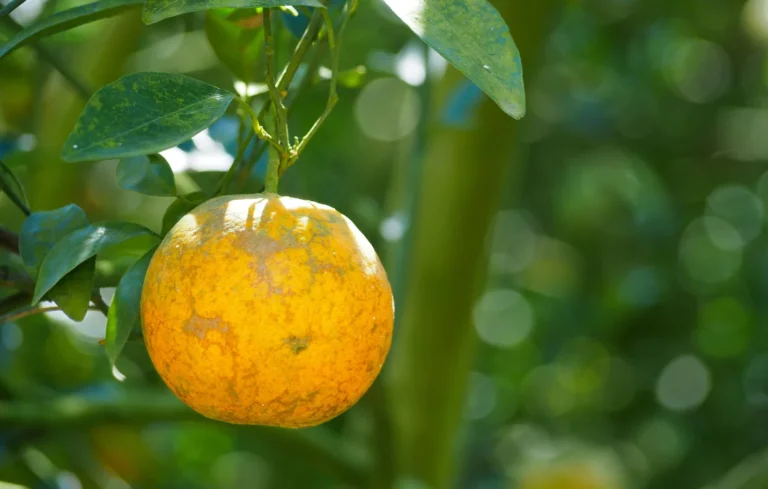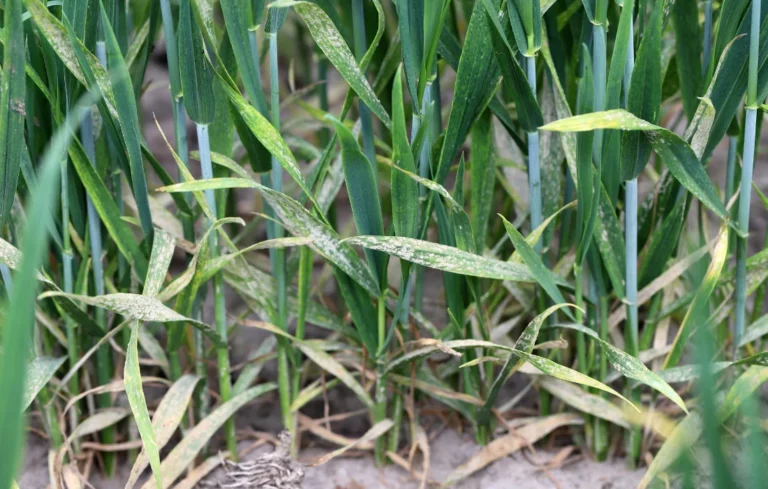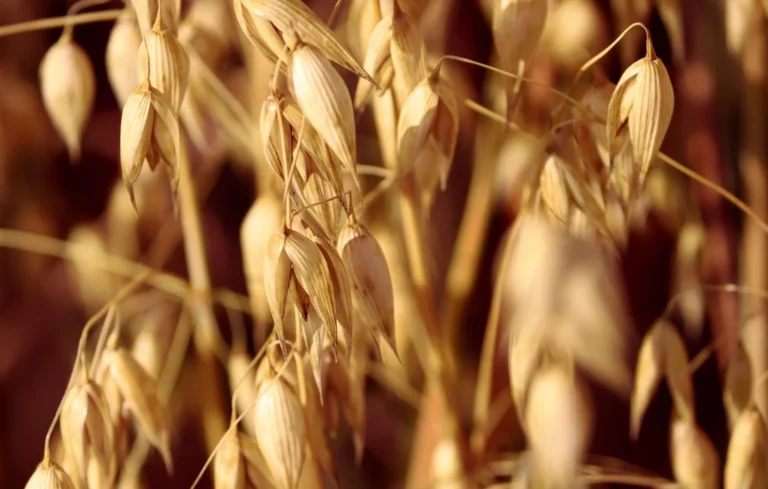The banana tree, an iconic plant of tropical regions, occupies a central place in many fruit farms. However, behind its robust appearance lies a high vulnerability to various diseases, often devastating for yields. These pathogens—whether fungal, bacterial, or viral—can compromise soil health. Let’s discover the main banana diseases, their causes, and their symptoms.
Agrobiotop, a leader in agrobiology, develops innovative and natural solutions that help combat the various problems of banana crops.
Diseases on banana leaves
These are the most serious diseases of banana leaves. They are present worldwide on all banana crops, their severity can vary depending on the variety and climatic conditions. These diseases cause a very significant loss of production to the point that they call into question the “Cavendish” variety, which is the most widespread variety in the world.
Since hot and humid climates lead to a very large population of spores and ascospores, the risk of infection is constant and banana leaves become contaminated as they emerge.
Yellow Sigatoka
Caused by the fungus Mycosphaerella musicola , yellow Sigatoka (also called yellow Sigatoka) remains a widespread foliar disease. It begins as small yellow spots on the leaves , which gradually turn brown before causing the leaf blade to completely dry out. This destruction of the foliage considerably reduces the photosynthetic surface, weakening the plant and delaying fruit ripening.
The disease spreads by wind and splashing water, making it difficult to control in rainy regions.
Black Sigatoka
Black Sigatoka or black Sigatoka of banana ( Mycosphaerella fijiensis ) is considered the most destructive fungal disease of bananas . It affects both traditional crops and hybrid varieties. Its black spots, bordered by yellow, cause rapid defoliation , depriving the plant of its ability to feed bunches. Yield losses can exceed 50% in untreated areas.
Various leaf spots
Fungi of the genera Cercospora , Pestalotiopsis or Cordana cause brown, gray or black spots on the leaves. If these infections remain superficial, their accumulation eventually impairs photosynthesis and reduces the overall vigor of the plant.
Agrobiotop solutions against these fungal leaf diseases
Application every 30 to 40 days by air at low volume (12 liters / ha):
Two natural solutions to fight against the spores of Mycosphaerella muscicola and Mycosphaerella fijiensis , thanks to the strong drying power of BENTOBIO and the action of CHITOPROTECT natural polymer allowing the stimulation of the plant’s defense mechanism and its fixing action allows to fight effectively against these two Cercosporoses.
Do not hesitate to contact us for more information.
Bunchy top – bacterial disease
Yellowish patches or streaks are observed on the leaf blades. Young leaves are deformed. There is a stoppage in the elongation of the sheaths which leads to congestion. Bunchy top is caused by a virus similar to the CMV virus transmitted by the aphid: Pentalonia nigronervosi and Aphis gossypii .
Banana Streak Virus (BSV) – bacterial disease
The BSV virus, transmitted by mealybugs ( Planococcus and Dysmicoccus spp. ), causes yellow or brown streaks on banana leaves, often accentuated by stress related to drought or heat. While the symptoms may appear benign, the infection permanently weakens the plant, reducing bunch size and fruit quality. Control primarily involves vector management : monitoring mealybug populations, using solutions based on repellent plant extracts and maintaining balanced nutrition to strengthen the banana plant’s tolerance.
Agrobiotop solutions against these bacterial leaf diseases
Against Pests (Aphids, Scale Insects, Leafhoppers, Thrips, Mites, Psyllids)
Physical barrier effect, spray in suspension form: CHITOPROTECT mixture (food grade crustacean chitosan or Aspergillus niger) + BENTOBIO (sodium bentonite clay). The solution forms a natural biofilm that disrupts insect feeding by preventing food intake by damaging the insects’ mouthparts. It prevents bites or stings, preventing the spread of viruses in some cases as well as insect egg-laying.
The texture of both products (CHITOPROTECT + BENTOBIO) hinders movement, especially on larvae (mealybugs) and disorients insects. It acts as a mechanical repellent on pests. The leaves are less attractive to insects (less shine, less volatile odors released). It does not block photosynthesis in plants. No toxic effect for the user.
Do not hesitate to contact us for more information.
Diseases on the roots and lower part of the pseudostem of banana trees
Fusarium wilt or Panama disease
Fusarium wilt, caused by Fusarium oxysporum f. sp. cubense , is a soil-borne disease that directly attacks the vascular system of the banana plant. The lower leaves turn yellow, wilt, and then the plant dies. When the pseudostem is cut, characteristic brown streaks appear in the internal tissues.
The tropical strain TR4 is particularly feared because it survives for many years in the soil and has not yet been cured.
Rhizome rot
Often caused by Fusarium or Erwinia spp. , rhizome rot develops in waterlogged soils. It causes widespread wilting , an unpleasant odor , and plant death. This microbiological imbalance results from a combination of excessive moisture and poor soil aeration.
Moko Disease – Bacterial Disease
Bacterial wilt, known as Moko disease, is caused by Ralstonia solanacearum or Pseudomonas solanacearum . It causes rapid wilting of the foliage , accompanied by internal browning and core rot . Fruits are deformed, internally blackened, and sometimes release a brownish, viscous liquid.
Spread is via cutting tools, insects, and water splashes. Strict vigilance in cultivation practices is required: disinfection of equipment, immediate removal of infected plants, and effective soil drainage.
Agrobiotop solutions against these root and pseudostem diseases
The soil is the first priority for obtaining yields and obtaining a soil capable of serenely supporting crops, which is why the association of the two AGROBIOTOP solutions makes it possible to aerate, oxygenate and decompact the soil, to avoid the stagnation of rainwater conducive to the development of diseases but also to mineralize the organic matter found there to feed the crops.
Do not hesitate to contact us for more information.
Diseases on fruits after harvest
Banana anthracnose
Anthracnose, caused by Colletotrichum musae , mainly affects ripe fruit. It causes sunken black spots that quickly develop into rot under the influence of moisture. This disease causes heavy post-harvest losses, particularly during transport or storage.
Pad rot
Development of rot on cut wounds of the “hands”.
Complex mycoflora dominated by numerous species belonging in particular to the genera Fusarium, Colletotrichum.
Trachysphaera cigar tip disease
This disease is caused by Trachysphaera . Rotting of the fingertips is observed at the time of bunch formation.
Agrobiotop solutions against these banana diseases
These solutions help to unblock trace element deficiencies and promote the regeneration of plant cells. Fortifying action.
Do not hesitate to contact us for more information.

